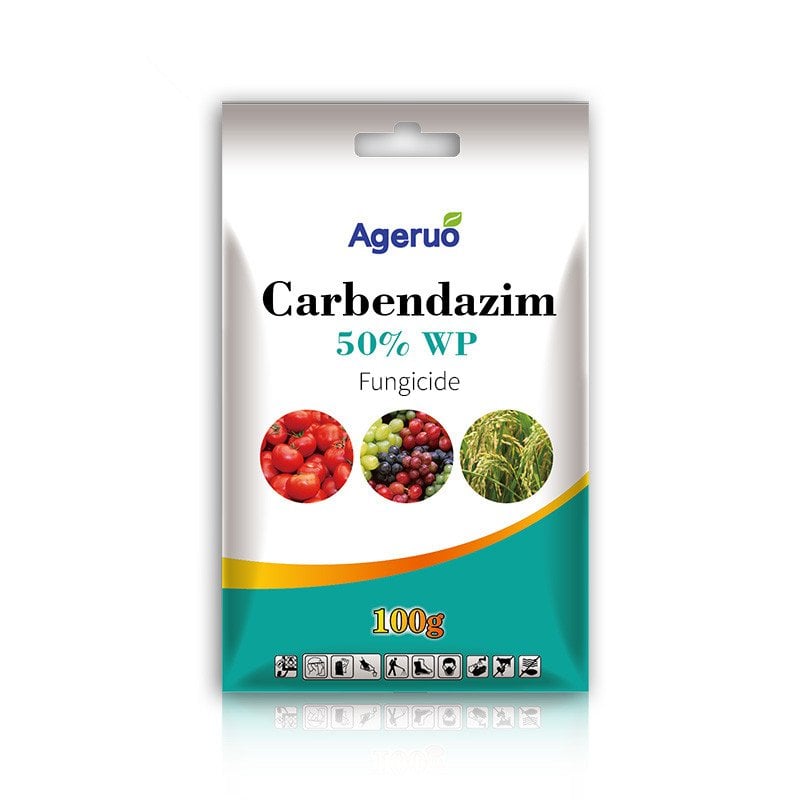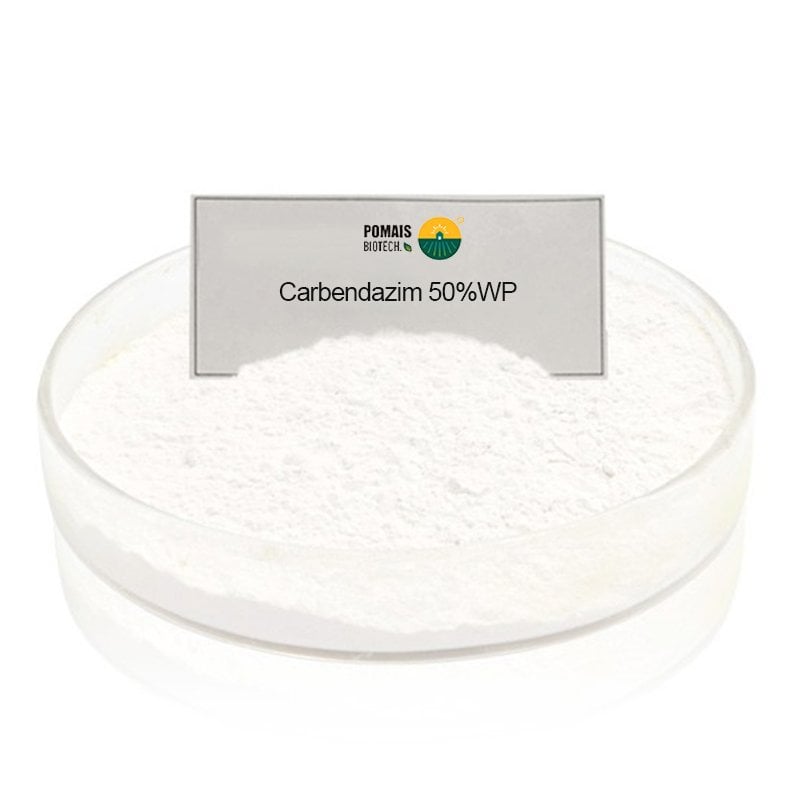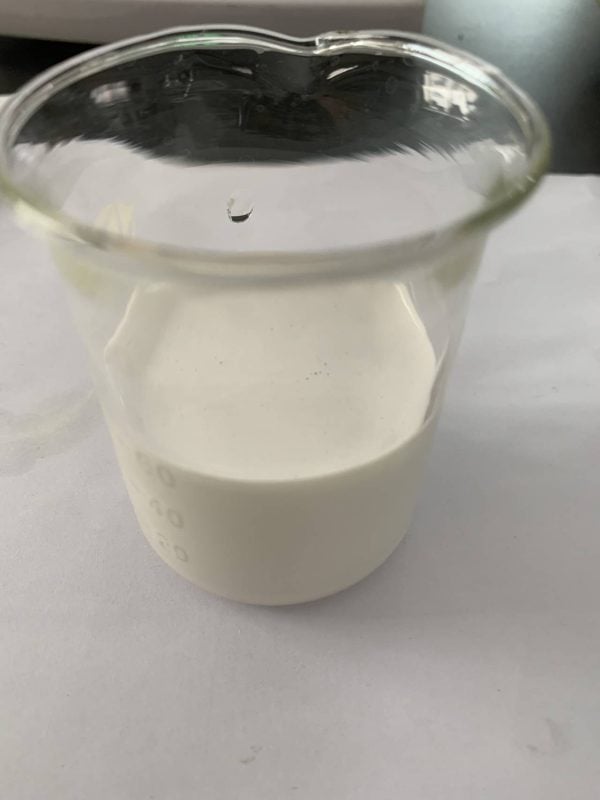Benomyl and carbendazim
1. Chemical Overview
- Benomyl: Benomyl is a systemic benzimidazole fungicide that quickly breaks down into carbendazim (its active metabolite) when applied to crops.
- Carbendazim: A direct benzimidazole fungicide that is often considered the active derivative of benomyl. It is applied directly to crops and soil to control fungal diseases.
Both chemicals belong to the methyl benzimidazole carbamate (MBC) group, which inhibits fungal growth by targeting the β-tubulin protein, preventing cell division.
| Feature | Benomyl | Carbendazim |
|---|---|---|
| Chemical Class | Benzimidazole | Benzimidazole |
| Mode of Action | Breaks down into carbendazim | Directly active as a fungicide |
| Target Diseases | Powdery mildew, leaf spot, anthracnose | Fusarium, powdery mildew, blight |
| Absorption | Systemic | Systemic |
| Primary Use | Pre- and post-infection control | Pre- and post-infection control |
| Regulatory Status | Banned/restricted in many countries | Restricted in some regions |
2. How Benomyl and Carbendazim Work
Both fungicides function by inhibiting fungal mitosis (cell division) at the molecular level. Specifically, they disrupt the production of tubulin proteins essential for fungal cell development, stopping fungal growth and reproduction.
Benomyl’s Action
- Benomyl is applied to plants, where it is quickly converted into carbendazim in the plant or soil.
- It is a pro-fungicide, meaning it requires conversion to become active.
- It provides systemic action, protecting plants from within.
Carbendazim’s Action
- Carbendazim is already biologically active, making it effective immediately after application.
- It is absorbed by the plant and transported to areas of infection, offering preventive and curative control of fungal diseases.
3. Uses of Benomyl and Carbendazim
Both fungicides are used to manage a variety of fungal diseases in agriculture, but carbendazim is more commonly applied today due to regulatory restrictions on benomyl.
Benomyl Uses
Before its widespread restriction, benomyl was used to control fungal diseases in:
- Fruits: Apples, citrus, and grapes (e.g., powdery mildew, black spot).
- Vegetables: Tomatoes, cucumbers, and peppers.
- Ornamental Plants: Roses and shrubs.
- Field Crops: Soybeans, peanuts, and cereals (e.g., rust, leaf spots).
Benomyl was effective for seed treatments, foliar applications, and soil treatments.
Carbendazim Uses
Carbendazim remains in use today (though restricted in some regions) and is widely applied for:
- Fruits and Vegetables:
- Controls powdery mildew, blight, and anthracnose in crops like apples, bananas, tomatoes, and grapes.
- Field Crops:
- Used in cereals, wheat, soybeans, and cotton to combat Fusarium, rust, and leaf spot diseases.
- Seed Treatment:
- Carbendazim is applied as a seed treatment to protect against soil-borne pathogens and diseases like root rot and damping-off.
- Ornamental Plants:
- Used to protect flowers, such as roses, from powdery mildew and black spot.
4. Advantages and Disadvantages
Advantages of Benomyl and Carbendazim
- Systemic Action: Both fungicides move within the plant for thorough protection.
- Broad-Spectrum Control: Effective against various fungal diseases like powdery mildew, rust, and blight.
- Prevention and Cure: Both chemicals can be used for preventive and early curative treatments.
Disadvantages
- Resistance Development: Prolonged use of benzimidazoles can lead to fungal resistance, reducing long-term effectiveness.
- Environmental Concerns: Residues can persist in soil and water, impacting ecosystems.
- Regulatory Restrictions:
- Benomyl: Banned or restricted in many countries, including the U.S. and EU, due to concerns about toxicity.
- Carbendazim: Still allowed in some regions but under strict regulation due to potential health risks.
Conclusion: Benomyl vs Carbendazim
While benomyl and carbendazim share a similar mode of action and target fungal diseases effectively, their differences and regulatory statuses are important to consider:
- Benomyl: Once a popular fungicide but now banned in many regions due to environmental and health concerns.
- Carbendazim: A more widely used alternative that offers systemic control and broad-spectrum disease management but is under regulatory scrutiny.
Best Applications
- For seed treatment and soil-borne diseases: Carbendazim remains a reliable option.
- For systemic control of foliar diseases: Carbendazim is preferred where permitted.
By understanding the similarities, differences, and regulations of benomyl and carbendazim, farmers and agricultural professionals can make informed choices for effective and sustainable disease management. Always follow safety guidelines and use fungicides responsibly to minimize environmental impact and resistance development.
1. Chemical Overview
- Benomyl: Benomyl is a systemic benzimidazole fungicide that quickly breaks down into carbendazim (its active metabolite) when applied to crops.
- Carbendazim: A direct benzimidazole fungicide that is often considered the active derivative of benomyl. It is applied directly to crops and soil to control fungal diseases.
Both chemicals belong to the methyl benzimidazole carbamate (MBC) group, which inhibits fungal growth by targeting the β-tubulin protein, preventing cell division.
| Feature | Benomyl | Carbendazim |
|---|---|---|
| Chemical Class | Benzimidazole | Benzimidazole |
| Mode of Action | Breaks down into carbendazim | Directly active as a fungicide |
| Target Diseases | Powdery mildew, leaf spot, anthracnose | Fusarium, powdery mildew, blight |
| Absorption | Systemic | Systemic |
| Primary Use | Pre- and post-infection control | Pre- and post-infection control |
| Regulatory Status | Banned/restricted in many countries | Restricted in some regions |
2. How Benomyl and Carbendazim Work
Both fungicides function by inhibiting fungal mitosis (cell division) at the molecular level. Specifically, they disrupt the production of tubulin proteins essential for fungal cell development, stopping fungal growth and reproduction.
Benomyl’s Action
- Benomyl is applied to plants, where it is quickly converted into carbendazim in the plant or soil.
- It is a pro-fungicide, meaning it requires conversion to become active.
- It provides systemic action, protecting plants from within.
Carbendazim’s Action
- Carbendazim is already biologically active, making it effective immediately after application.
- It is absorbed by the plant and transported to areas of infection, offering preventive and curative control of fungal diseases.
3. Uses of Benomyl and Carbendazim
Both fungicides are used to manage a variety of fungal diseases in agriculture, but carbendazim is more commonly applied today due to regulatory restrictions on benomyl.
Benomyl Uses
Before its widespread restriction, benomyl was used to control fungal diseases in:
- Fruits: Apples, citrus, and grapes (e.g., powdery mildew, black spot).
- Vegetables: Tomatoes, cucumbers, and peppers.
- Ornamental Plants: Roses and shrubs.
- Field Crops: Soybeans, peanuts, and cereals (e.g., rust, leaf spots).
Benomyl was effective for seed treatments, foliar applications, and soil treatments.
Carbendazim Uses
Carbendazim remains in use today (though restricted in some regions) and is widely applied for:
- Fruits and Vegetables:
- Controls powdery mildew, blight, and anthracnose in crops like apples, bananas, tomatoes, and grapes.
- Field Crops:
- Used in cereals, wheat, soybeans, and cotton to combat Fusarium, rust, and leaf spot diseases.
- Seed Treatment:
- Carbendazim is applied as a seed treatment to protect against soil-borne pathogens and diseases like root rot and damping-off.
- Ornamental Plants:
- Used to protect flowers, such as roses, from powdery mildew and black spot.
4. Advantages and Disadvantages
Advantages of Benomyl and Carbendazim
- Systemic Action: Both fungicides move within the plant for thorough protection.
- Broad-Spectrum Control: Effective against various fungal diseases like powdery mildew, rust, and blight.
- Prevention and Cure: Both chemicals can be used for preventive and early curative treatments.
Disadvantages
- Resistance Development: Prolonged use of benzimidazoles can lead to fungal resistance, reducing long-term effectiveness.
- Environmental Concerns: Residues can persist in soil and water, impacting ecosystems.
- Regulatory Restrictions:
- Benomyl: Banned or restricted in many countries, including the U.S. and EU, due to concerns about toxicity.
- Carbendazim: Still allowed in some regions but under strict regulation due to potential health risks.
Conclusion: Benomyl vs Carbendazim
While benomyl and carbendazim share a similar mode of action and target fungal diseases effectively, their differences and regulatory statuses are important to consider:
- Benomyl: Once a popular fungicide but now banned in many regions due to environmental and health concerns.
- Carbendazim: A more widely used alternative that offers systemic control and broad-spectrum disease management but is under regulatory scrutiny.
Best Applications
- For seed treatment and soil-borne diseases: Carbendazim remains a reliable option.
- For systemic control of foliar diseases: Carbendazim is preferred where permitted.
By understanding the similarities, differences, and regulations of benomyl and carbendazim, farmers and agricultural professionals can make informed choices for effective and sustainable disease management. Always follow safety guidelines and use fungicides responsibly to minimize environmental impact and resistance development.









